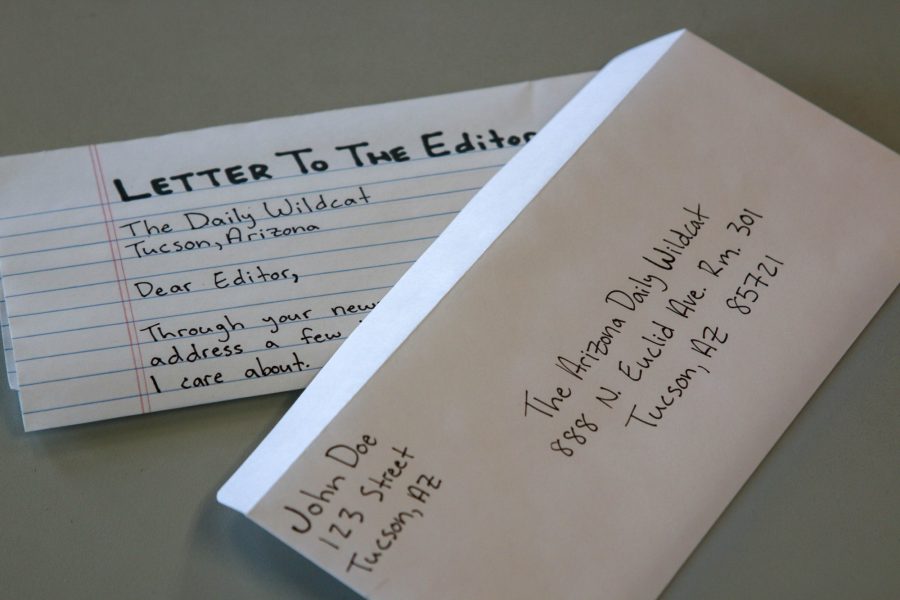Working as a student employee in an equipment lab has become a bit depressing as of late. With our operations budget slashed, we’re now essentially expected to do more with nothing.
Many departments throughout the university that require additional resources for coursework no longer receive funds to this end from the university itself. Instead, these operations are to be paid for with a combination of increased student course fees and grant money.
The blame for such a dilemma lies squarely on the shoulders of the state legislature and Gov. Doug Ducey, who in April decried, “While universities provide a critical and important public service, state support is not and cannot be the only financial driver for the future growth of our university system.” He then promptly cut another $99 million from the Arizona university system’s budget.
Unfortunately, the harsh (and slimy) political realities of our state leadership are unlikely to change any time soon.
And while I wanted to write that article, the lack of quality sources discussing the transformative potential of “Mad Max”-style college student mobs has led me to try and argue a different point: Increased course fees, though undesirable, are a necessary evil.
Tuition has already increased a whopping 80 percent since 2008, making Arizona the state with the highest-climbing tuition in the country. (Maybe we can make money by starting a depressing statistics museum.) With the vast majority of that sweet, sweet tuition money going toward faculty salaries, it’s unrealistic to expect any of these funds to end up supporting anything actually beneficial or immediately useful within your department.
Thus: the need to increase course fees. Within the film department, for example, Bachelor of Arts students end up paying around $200 in course fees over their four years. Bachelor of Fine Arts students, whose degree emphasizes film production over producing or film studies, spend about $1,000. This money goes toward updating the software and hardware in our computer labs, replacing and buying new production equipment and keeping our editing and sound suites functional.
While this may all sound well and good, consider that these fees have not increased in 10 years. This means that the current course fees are out of touch with modern production costs, with the move in software from a licensing to a subscription model in recent years being a prime example. Additionally, course fees were only ever designed to cover half of all operations costs, with the department’s operations budget then filling in the gaps.
Now with no operations budget, the film department must find a way to pay for the same amount of equipment with half of an already outdated budget. The increase in course fees, as proposed in a Nov. 6 student and faculty meeting, would cost next year’s class 50 percent more in fees over their four years. For Bachelors of Fine Arts, this means paying about $1,500 over four years.
And while many students who heard of this increase were immediately outraged, I can’t help but think of how I tried to help my boss order just two new batteries and a new CF card for some XF-100s at work today, only to discover that this would cost us $400.
For film students at least, the math works out. Without access to a departmental equipment lab, our films would easily run us in excess of $10,000 per project, as opposed to the $2,000-4,000 it costs us to make our thesis films now. Paying $1,500 over the course of four years to insure that you never have to pay $10,000 as a senior just makes sense.
Other students in other departments might find that their numbers don’t add up quite as well. It’s important that faculty remain transparent when it comes to course fees so that students can judge for themselves if the extra cost — and indeed, the degree itself — is worth it.
Follow Greg Castro on Twitter.








